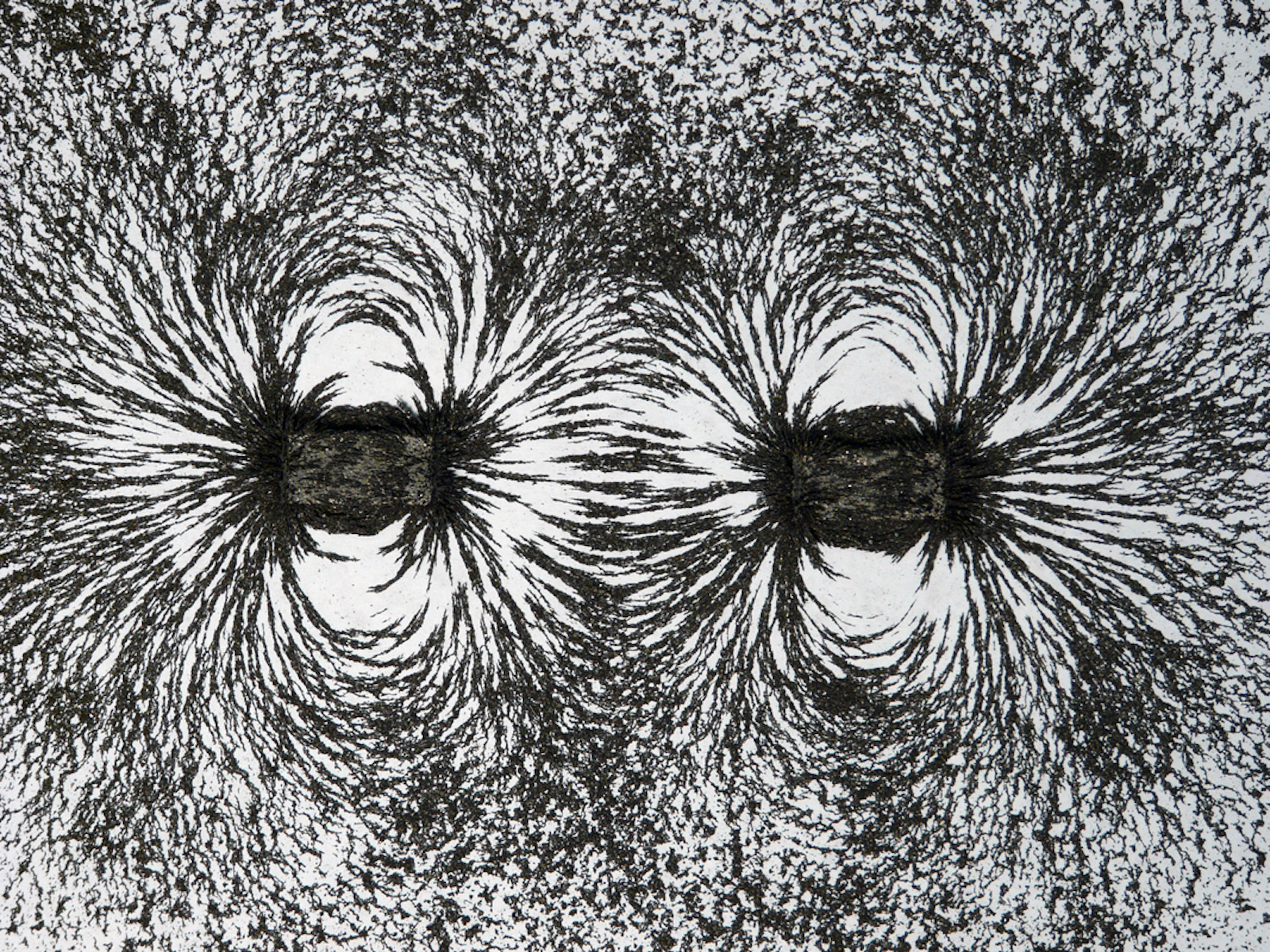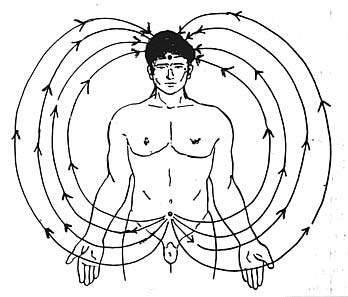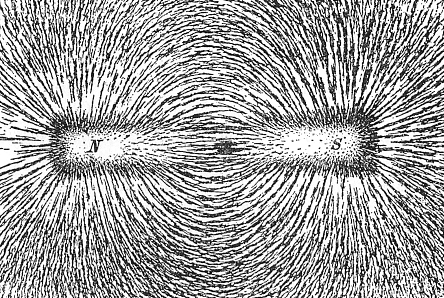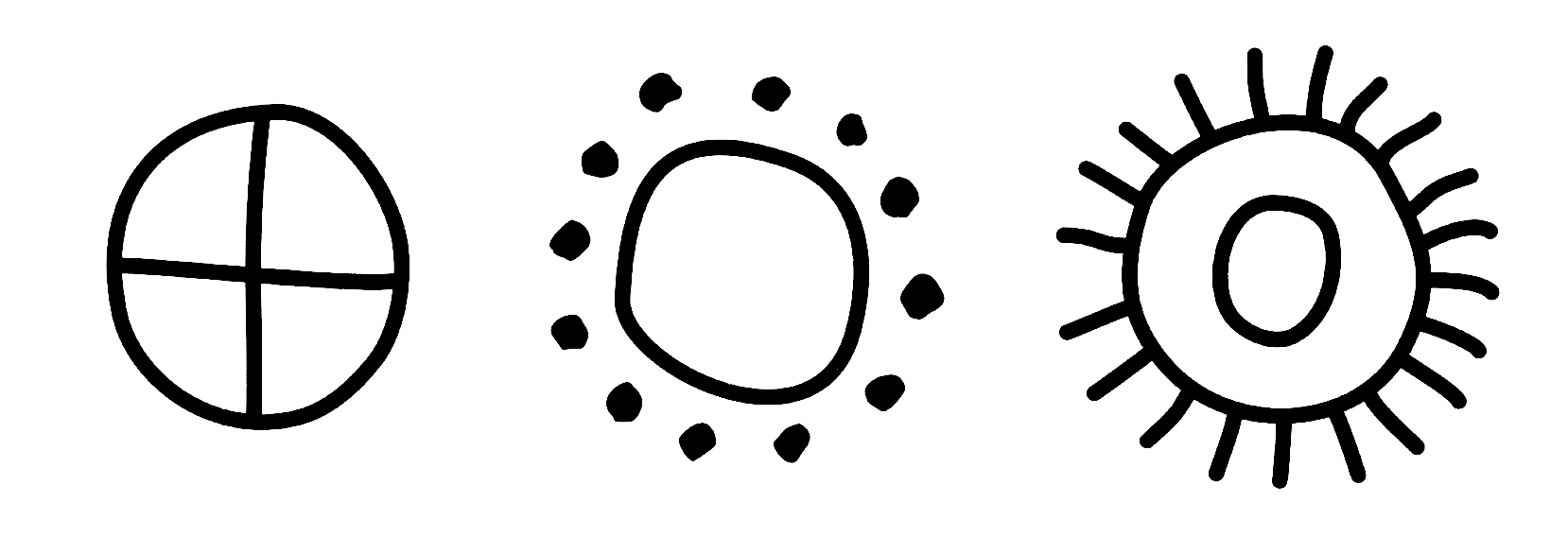Magnetism
A fundamental force of the universe that fits in your pocket.
Hello, loved one. If you're reading this it's most likely because I mailed you aneodymium magnet, one of the strongest on Earth. If I didn't send you a magnet, you canbuy your own for under ten dollars.
Your magnet was probably made in China, where 95% of the minerals used to make magnets are mined and processed. The neodymium is coated with copper and nickel to prevent breaking or chipping, but it's still fragile so take care not to drop it. If you received two or more magnets, be aware that they they'll pinch your fingers if you're not careful. If your magnet does happen to break, you needn't fret: now you have two magnets!
Carry your magnet in your pocket and notice the things you stick to, or that stick to you.
The Earth
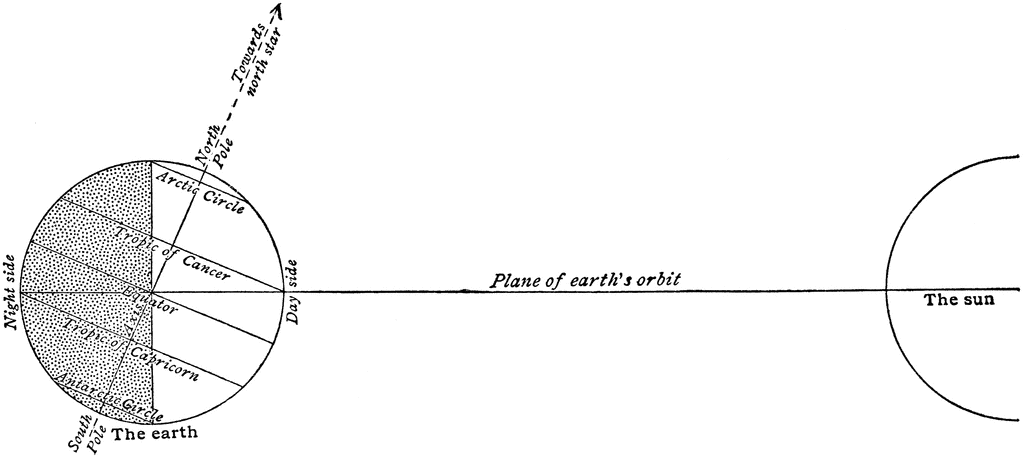
Your magnet is a symbol of the Earth, which is itself a giant magnet. The Earth's core is filled with electrically conductive materials like iron, and its rotation generates a magnetic field that extends tens of thousands of miles into space. This field protects us from charged particles of solar wind and cosmic rays that would otherwise strip away the layers of atmosphere that protect us from ultraviolet radiation.
Energy
Your magnet is a reminder that all matter is energetically charged. Every atom carries electrical charge, and in most matter, these atoms are in a state of energetic balance. Magnetic materials, though, have an unusually high number of unpaired electrons with no protons to neutralize their charge. It is the spinning of these unpaired electrons that produces a magnetic field.
Magnetism and electricity are like two sides of the same coin: a spinning magnet creates an electric current, and conversely an electric current traveling through a medium creates a magnetic field.
Solstice
Our year is designated by the time it takes the Earth to make a trip around the Sun. The earth is tilted, with its rotational axis off-kilter from its orbital rotation around the sun by around 23 degrees. This axial tilt gives us variable amounts of daylight throughout the year.
Etymologically speaking, the solstice is the day the sun stands still. It is the noteworthy alignment of two celestial bodies in space, when the Earth tilts its head just so. Unlike many other holidays, it has meaning that transcends humanity. It happened before us and it will continue to happen long after we're gone.
For people living on Earth's northern hemisphere, the winter solstice is our shortest day. In agrarian times, the days following the solstice were a celebration of the sun's gradual and observable retreat to the south, a physically embodied sign of longer warmer days to come and the start of a new cycle.
Electromagnetism
The sun is a nuclear fusion reactor. Atomic particles collide violently, emitting a form of energy we call electromagnetic radiation in a range of frequencies called the electromagnetic spectrum:

What we call "light" is actually just a slice of the electromagnetic spectrum. Our eyes are able to perceive a sliver of this radiation as visible light. But our cell phones, computers, wifi routers, televisions, remotes, and microwaves are all using this same medium to transmit and receive electrical signals, only along frequencies of the electron spectrum that our eyes cannot perceive.
Snakes can see in the dark. This is not magic. Their eyes are just more sensitive to electromagnetic radiation emitted at frequencies outside of what we call "visible light".
Practical Uses
If you find the relationship of electricity and magnetism unfathomable or bewildering, you may take comfort in knowing that your magnet also has many simple and practical quotidian applications.
We use magnets every day without thinking about it. They are essential to the function of compasses, speakers, hard drives, cell phones, motors, electric guitar pickups, and all kinds of other stuff.

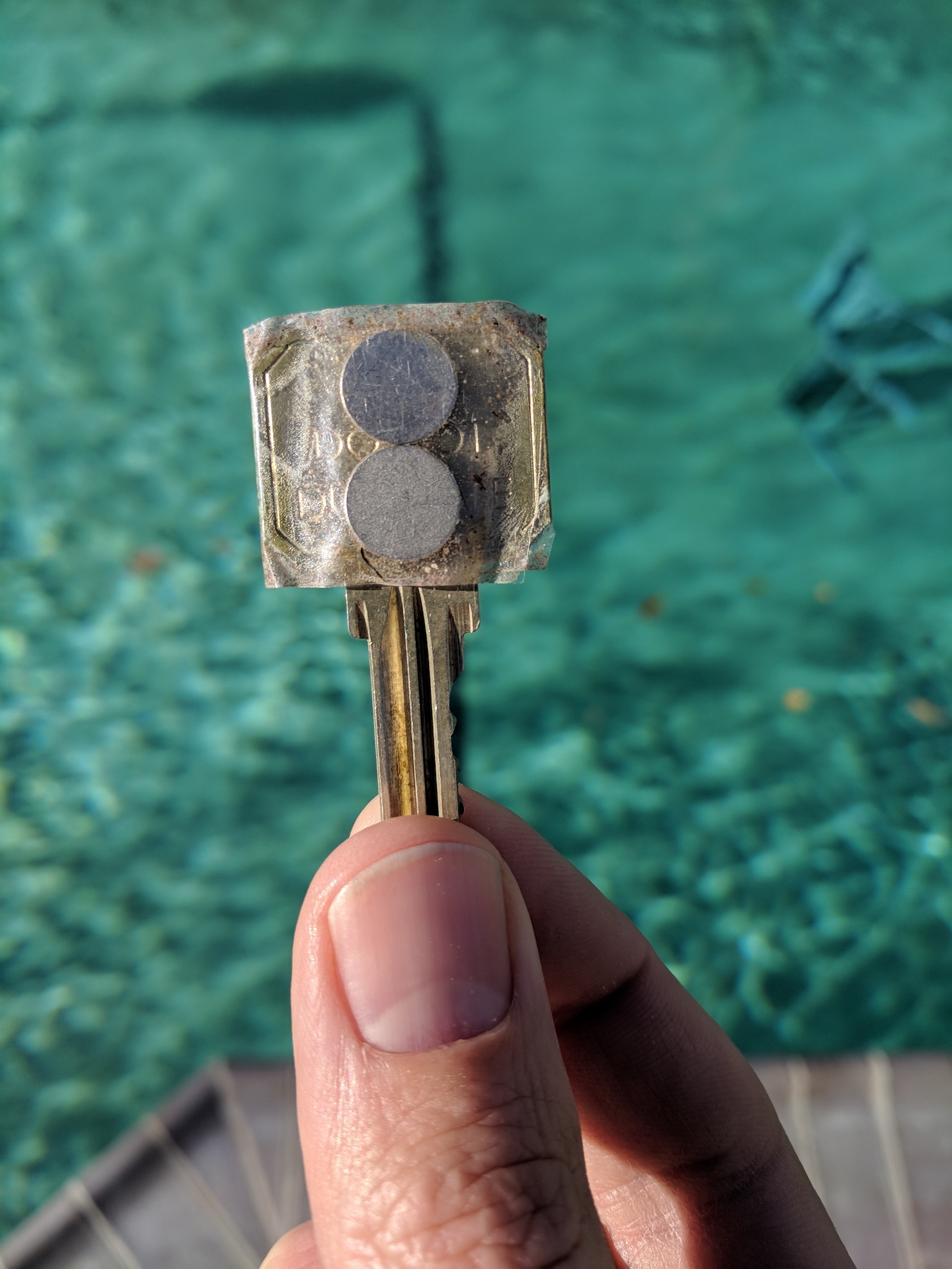
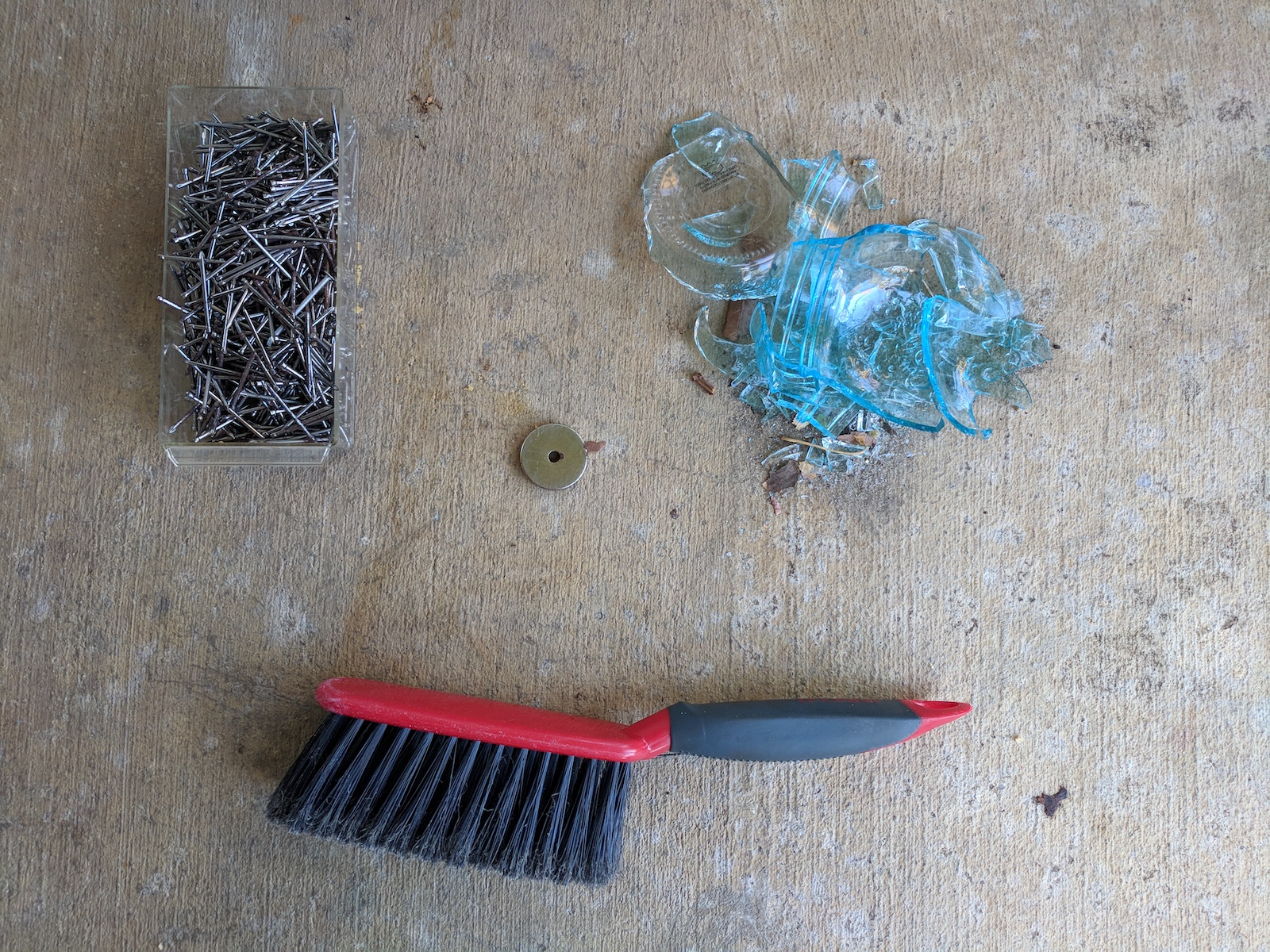
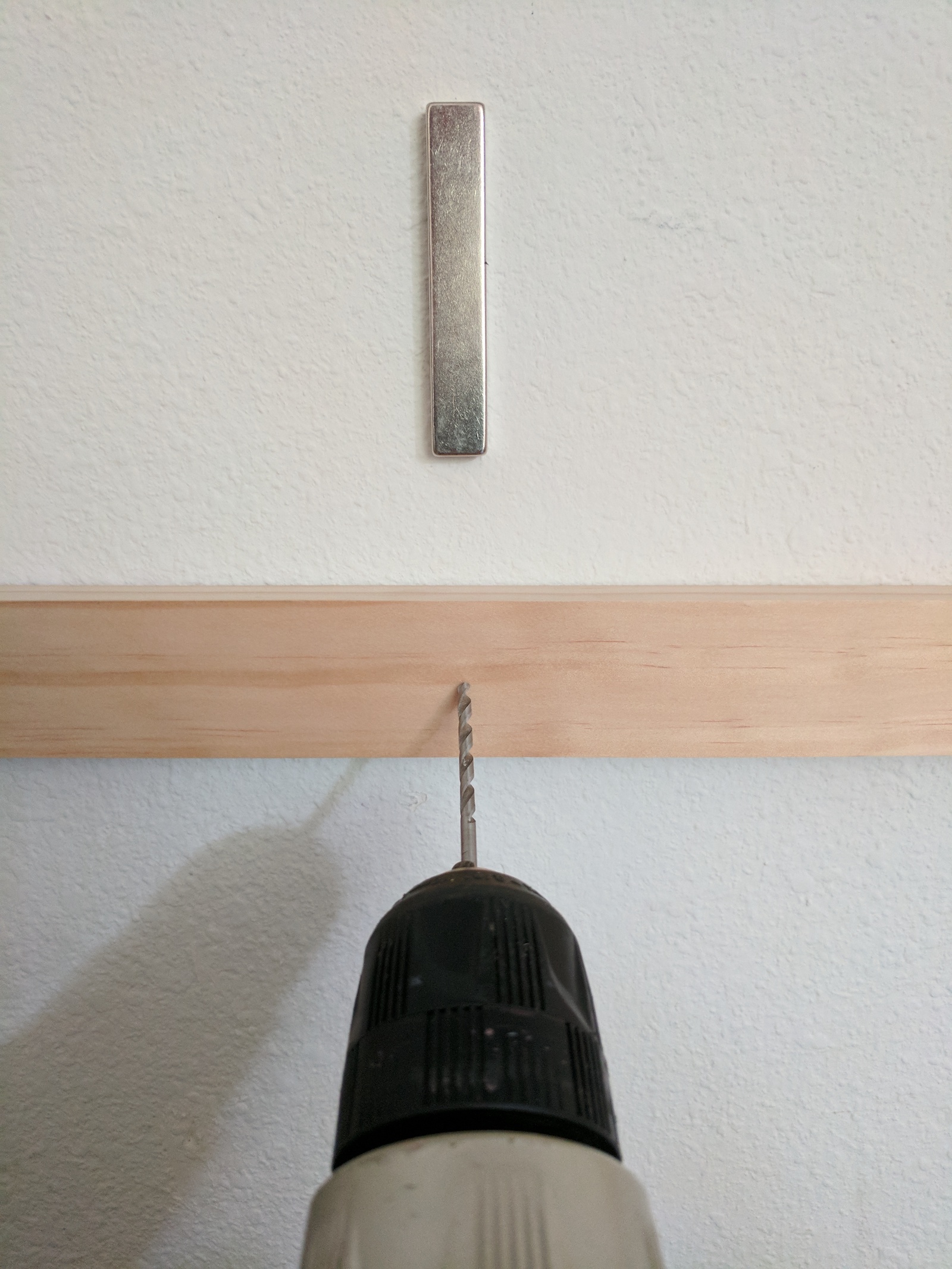
Further Reading and Watching
- Magnetism for Kids
- Richard Feynman: "Fun To Imagine"
- Khan Academy: Introduction to Magnetism
- Khan Academy: Introduction to Light
Imagery
